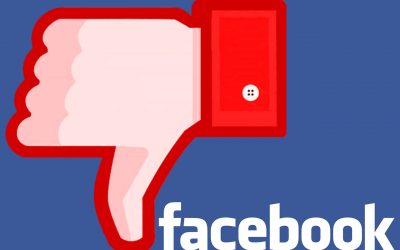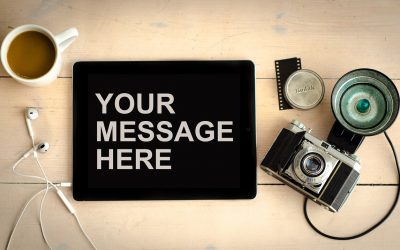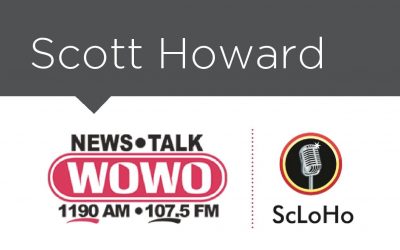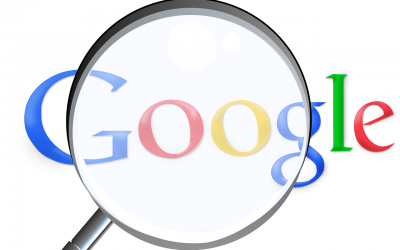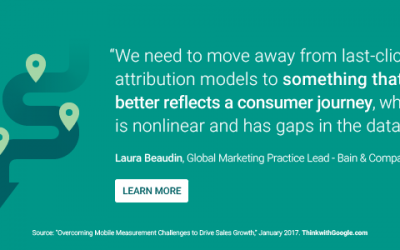If you don't own it, you and your business are at risk. Years ago, my friend Kevin Mullett and I had this discussion and it's true. Don't Be Social Media Stupid with Your Business. Let me explain. Facebook is the world's largest Social Media platform and they offer a...
ScLoHo’s Web World
Invest In Your Online Identity
Just a quick FYI. The Genuine ScLoHo Media & Marketing Podcast is moving our weekly release date to the beginning instead of the end of the week and so this is a teaser to the next episode titled, Don't Be Social Media Stupid With Your Business. I really, really,...
Should You Hire An Advertising Specialist or Generalist?
This article is for the business owner who is regularly being asked to buy advertising and really needs a little help deciding what to do. (Or perhaps a LOT of help.) Today, we are going to talk about the pros and cons of advertising agencies, advertising sales people...
ScLoHo Insider Extra: Social Media Marketing Trends
What's a ScLoHo Insider Extra? It's an extra article that I (ScLoHo) published that is not going to be available on the Genuine ScLoHo Media and Marketing Podcast. That's the Extra part. You as a follower, are an Insider. Before I began the podcast in 2017, I would...
Integrated Marketing and Other Insider Terms
Do job titles matter? I work for WOWO radio and a few years ago, our parent company, Federated Media began calling their advertising salespeople: Integrated Marketing Managers or Integrated Marketing Specialists or some other variation. The keywords are Integrated...
How’s Your Online Visibility?
We are well into 2018 and I have a very important question: How's Your Online Visibility? When was the last time you did an overhaul of your website? If it's been more than 18 months, your business is hurting. I sell a variety of radio and digital advertising...
The Google Advertising Myth
The Google Advertising Myth continues to live. Last month, a friend of mine that I see every Wednesday morning at a Business Network International breakfast meeting was telling me and another friend that the only advertising that worked for him in 2017 was Google. His...
Your Digital Marketing Is Bologna
Why do I say Your Digital Marketing Is Bologna? Especially because I actually sell online digital marketing solutions along with the more traditional radio advertising solutions? Because it hit me the other day, that those people who only sell digital marketing are...

